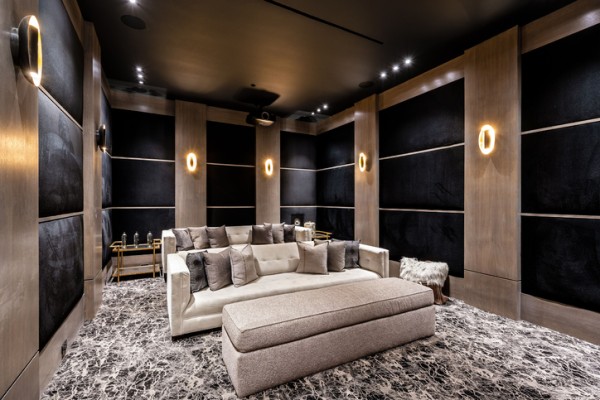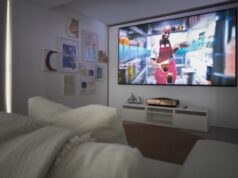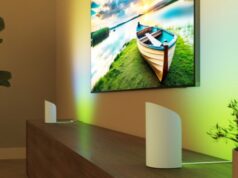
Designing a home theatre isn’t just about the biggest screen or loudest speakers. If you want immersive sound without disturbing the rest of your home (or neighbours), proper soundproofing is essential. Whether you’re building from scratch or upgrading an existing room, here’s what you need to know about soundproofing a home theatre.
Why soundproofing matters
A home theatre generates high sound pressure levels—especially low-frequency sounds like explosions, sub-bass and surround effects. Without soundproofing, that audio can leak into adjoining rooms, disrupt sleep and reduce enjoyment for everyone else in the house.
Likewise, unwanted noise from inside the home—like footsteps, kitchen activity or conversation—can ruin the cinematic experience.
That’s why smart design and construction techniques are crucial.
Start with the walls
Regular wall construction isn’t designed to contain sound. For effective soundproofing:
- Use acoustic insulation batts between studs to absorb airborne noise
- Install sound-rated plasterboard or double layers of standard plasterboard with a damping compound in between
- Consider decoupling the walls using staggered stud framing or resilient channels to minimise vibration transfer
You can also line the room with acoustic panels—not to block sound, but to control echo and improve clarity inside the theatre.
Doors: the weak point
Doors are one of the most common pathways for sound leakage. Always opt for solid-core doors in your home theatre, and add:
- Acoustic seals around the frame
- Automatic door bottoms or drop seals
- A second, exterior-style door for high-performance rooms
A poorly sealed door will undo all your other soundproofing efforts.
Don’t forget the windows
If your theatre has windows, they’ll need attention too. Double glazing is essential, and so is an airtight seal around the frame. You can further improve performance by:
- Adding acoustic curtains or blinds
- Installing a second layer of laminated glass
- Removing the window entirely if it’s not needed
Some people convert internal rooms or basements to avoid windows altogether.
Soundproofing the floor and ceiling
Low-frequency vibrations can travel through floor and ceiling structures. To prevent this:
- Install acoustic underlay beneath any hard flooring
- Add insulation between floor joists in multi-storey homes
- Use floating ceiling systems with resilient mounts to decouple the plasterboard from framing
- Lay carpet or thick rugs to help absorb sound inside the room
Even in slab-on-ground homes, floor isolation helps reduce reverb and improve clarity.
Acoustic ventilation
You still need fresh air in your home theatre—but standard vents can become sound pathways. Consider using home theatre-specific ventilation systems with acoustic ducting or baffle boxes to reduce transfer between rooms.
Layered protection
The best soundproofing comes from combining multiple layers of mass, insulation and separation. That might include:
- Mass-loaded vinyl or rubber barriers
- Green Glue or other damping compounds between wall layers
- Wall-within-wall construction for high-end setups
These upgrades can make a huge difference, particularly when paired with purpose-built seating layouts and room dimensions that minimise acoustic issues.
Don’t mix it up with acoustic treatment
Remember: soundproofing keeps sound from entering or leaving the room. Acoustic treatment, on the other hand, shapes how sound behaves inside the room. For a true theatre experience, you’ll want both.
You can explore more about this in our guide to soundproofing techniques.
Ready to build your dream cinema?
Soundproofing is one of the most overlooked elements in home theatre design, but it makes all the difference. If you’re planning a renovation or new build, consider incorporating these upgrades early—before the plaster goes up. You’ll enjoy better sound, fewer distractions and a more professional home theatre feel.
Need more help? Explore our guides on home theatre PCs, lighting, automation and windows for theatres to complete your setup.





